Taken together, The 5 Environments of Mentoring empower a teacher to do his/her job, which is to inspire self-education and help students follow through.
Tutorial
 Tutorials consist of a teacher and 1-6 students discussing something they have all read.
Tutorials consist of a teacher and 1-6 students discussing something they have all read.
Tutoring is not, as conveyor-belt education has come to use it, simply lecturing to one or a few students.
It is a discussion, and all who attend should come prepared.
You can only tutor something you have yourself read and thought about, and it only works in a small group.
The dynamics of the group vary greatly as the number changes and the mentor should give careful consideration to the most effective forum to reach the targeted student(s).
Group Discussion
Group discussions are like tutorials, but with 6-30 people.
A variety of books and group discussion formats can be followed at the same time.
As with tutorials, group discussions should be led by a guide or moderator—one who calls on raised hands to speak and otherwise moderates the discussion.
In a mixed group of youth and adults, parents and the guide must avoid the urge to turn the discussion into a lecture or soapbox, but they must also open up and share while leaving most of the time to the students.
Usually this requires the patience to let things remain silent for a minute, or perhaps as much as fifteen minutes.
Eventually, if the adults refuse to give up, students will open up and talk—and it is nearly always worth the wait.
Lecture
Lecture is the most overdone of the five settings, but it is extremely valuable when done well.
Lecture consists of one person talking while the students take notes, with perhaps a few minutes for questions and answers at the end.
This is not the best form of teaching unless the lecturer is truly an expert and his/her time with the student is necessarily short.
Most parents should avoid lecture just as most classroom teachers should avoid it; better to guide the student through self-discovery than to just tell them what you think they should know.
Testing
Testing has a bad name for many people due to the conveyor belt, but it is an important part of teaching when done effectively.
Different kinds of tests evaluate different things, and perhaps most tests have value in some setting.
But two types of exams really help teachers teach and students self educate: essays and orals.
The purpose of exams is to test the student’s acquisition of knowledge and ability to communicate and apply it.
The real question is: “Have they learned to think?” Multiple choice, fill-in-the-blank, and other such exams measure memory of facts only, which requires little thinking.
They may be valuable if they are not used as exams at all, but as surveys at the beginning of instruction followed by discussion.
Such exams should perhaps be given only where the instructor wants to emphasize detailed fact retention; even in such cases, it is usually better to ask essay questions which require precise detail.
Of course, it is probably valuable for older students to become proficient in such exams and their methods as practical preparation for life.
Oral exams are a very important teaching and learning setting.
They have all the benefits of essay exams, plus they add the dimension of public performance, thinking on one’s feet, and persuading verbally. Both essay and oral exams can be done informally or formally.
Informal is usually best for younger students.
For example, a test may be as simple having Apprentice Scholar students write down everything they remember at the end of each study day, or asking Transition to Scholar students questions about what they’ve worked on.
The important thing to remember is that testing is valuable when done right—where the mentor and student sit down after the exam and discuss, debate, reconsider and coach.
Almost any type of exam is helpful with such follow up.
Coaching
Remember the parents coaching the toddler learning to walk?
The coaching teacher, the caring, nurturing guide is the proper model for great teaching.
This applies all through the academic parts of learning—tutorials, group discussions, exams and even lectures (where the mentor discusses student reaction to the lecturing expert).
The coach stays on the sidelines, teaches, demonstrates, watches the student try and then responds.
Coaching is also essential in the non-academic, that is, applied part of a student’s education.
Coaches arrange field trips, apprenticeships, music or other types of lessons, simulations or internships, church or community service projects, scouting or athletic involvements, and other opportunities for growth and learning.
Of course, many opportunities arise without the coach’s nudging.
All of these, and most importantly just the ups and downs of everyday life, are opportunities for coaching, discussing right and wrong or alternative options, and chances for mentorial counsel and guidance.
The purpose is to help students educate themselves, to become happy, able and responsible human beings—and coaching is vital to the process. Indeed, coaching occurs one way or the other, even if just by bad example or ambivalence.
Our challenge and mandate is to know the course and to lead the way.
These Five Environments of Mentoring allow the mentor and student to personalize the style, pace, content and delivery of inspirational experiences.
After all–the whole point is to engage the student’s attention for long enough and with enough passion so that they feel personally inspired to put in the hard work of getting an education.
This is Leadership Education.


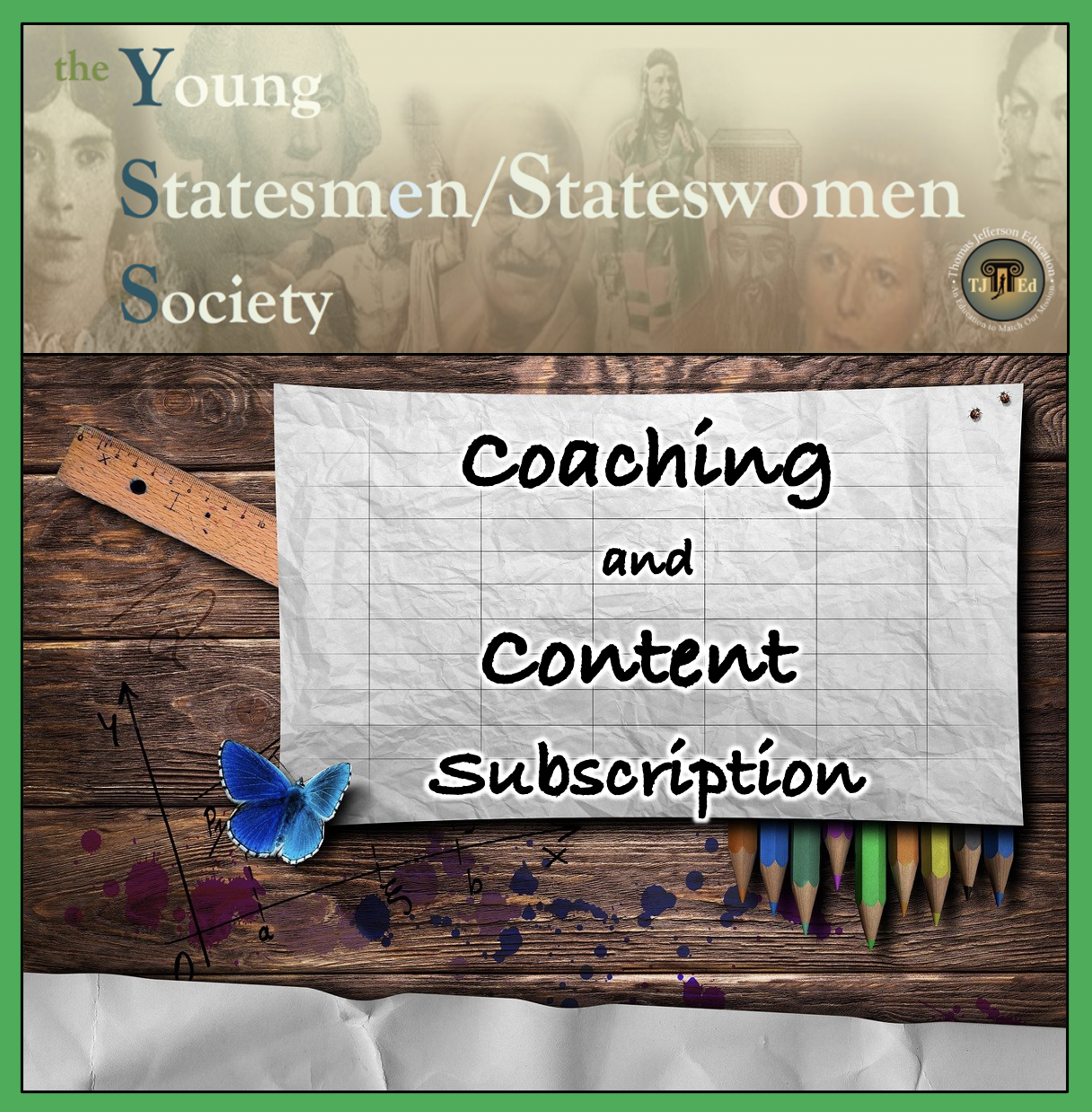





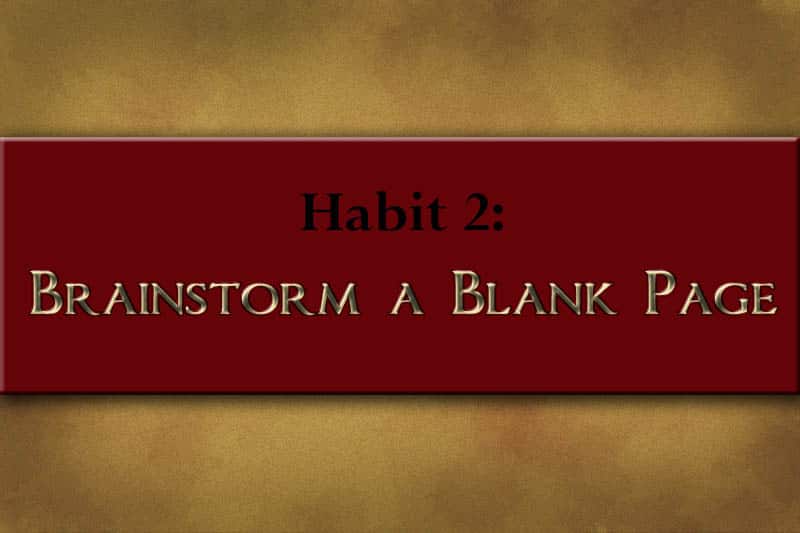

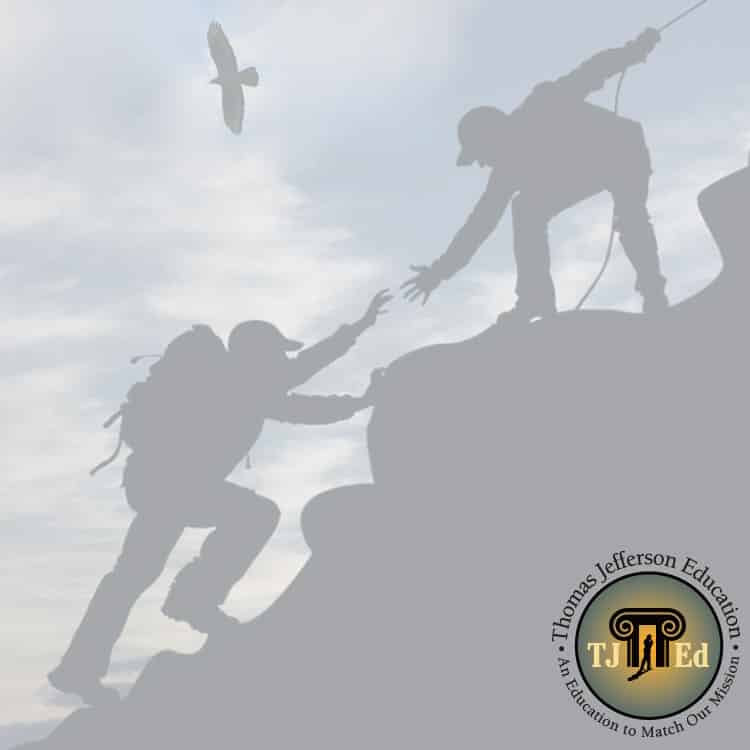










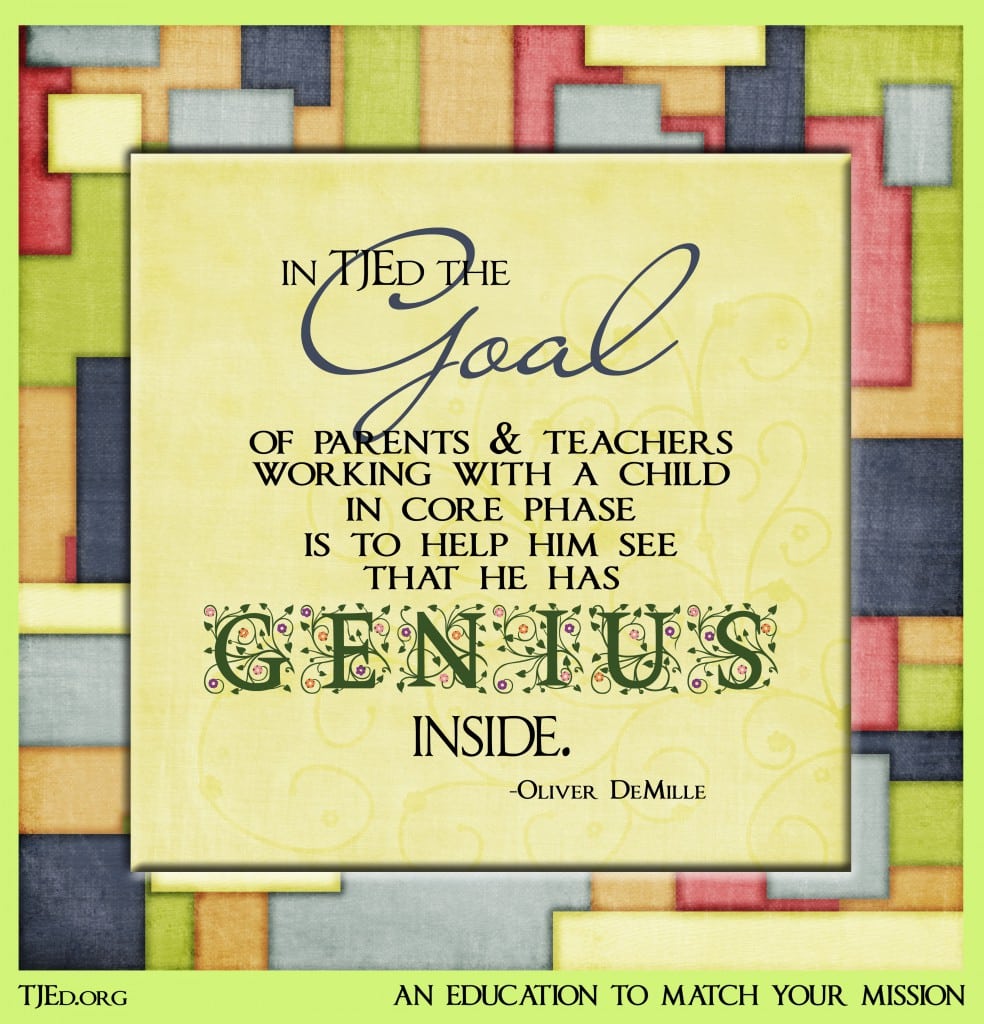



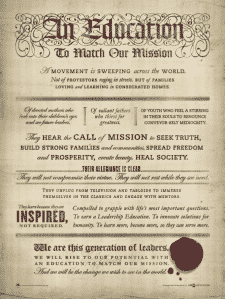



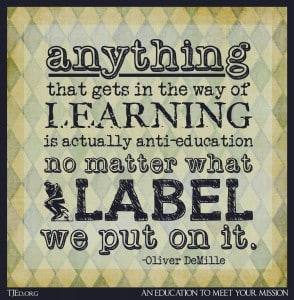
Leave A Comment